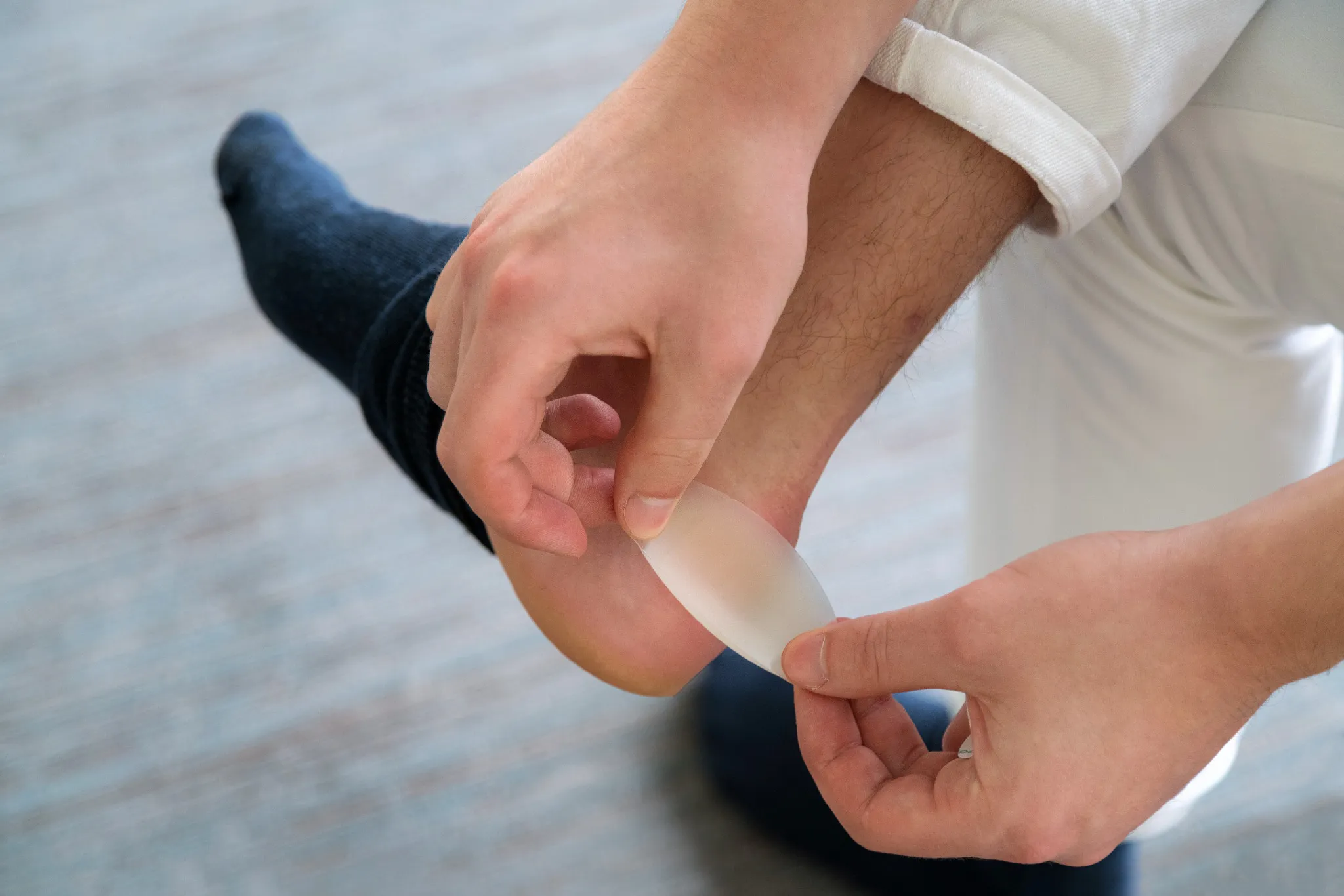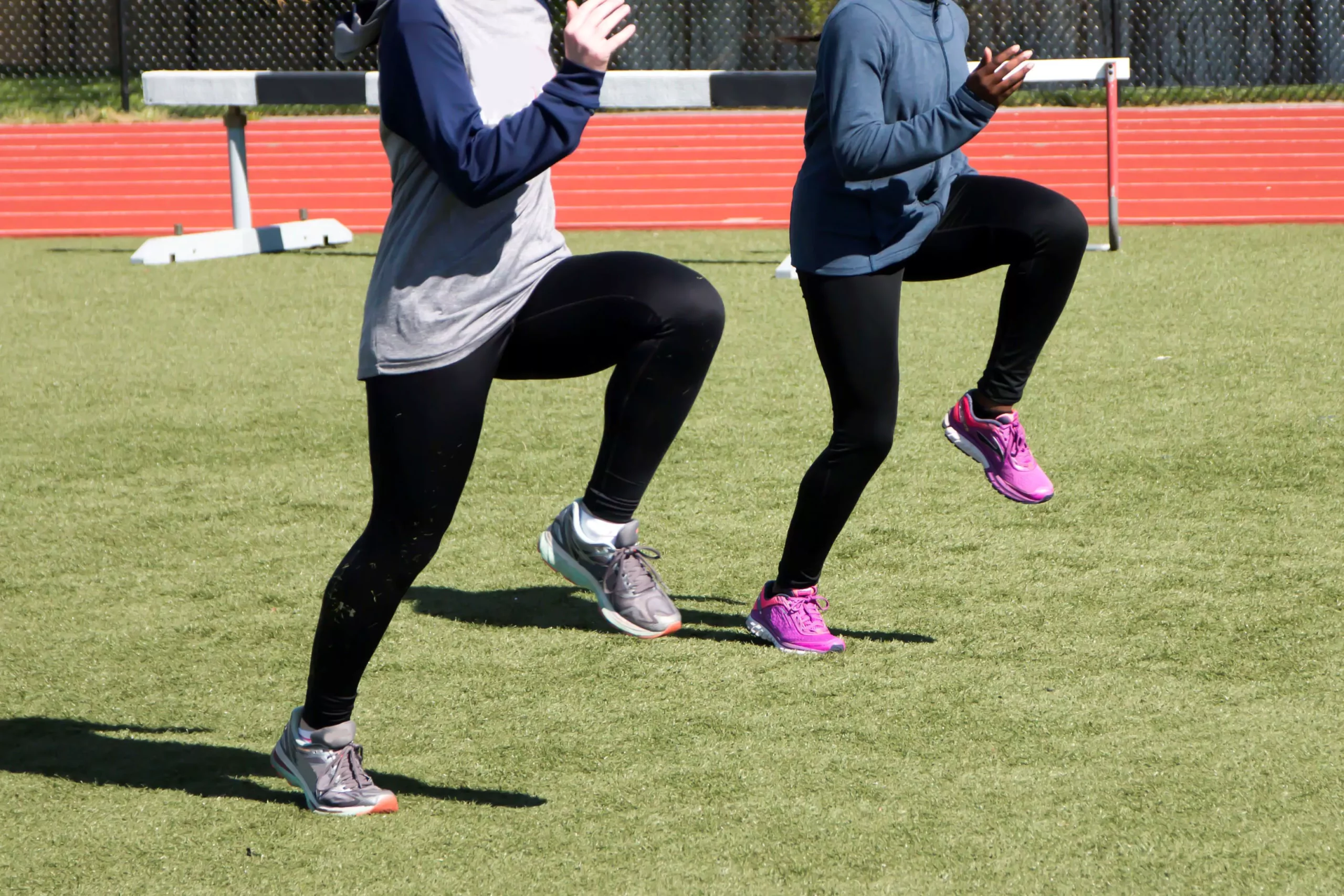Improving your 5k pace isn’t just about putting in more miles or sheer willpower; it’s about refining your technique to maximize efficiency and speed. Whether you’re a seasoned runner aiming for a new personal best or a newcomer eager to tackle your first race with confidence, mastering your running form is key. This article will guide you through essential strategies for enhancing your running form, from your foot strikes to your breathing patterns, all designed to help you slice through the air and shave seconds off your time. Get ready to boost your 5k pace with these expert tips!
Fine-Tune Your Footwork for Fleetness
The foundation of any good running form starts with your feet. Efficient footwork can help you conserve energy and maintain a faster pace throughout your 5k run. Begin by analyzing your foot strike. Aim for a midfoot strike, which helps to spread impact more evenly and can lead to better shock absorption. This reduces the risk of injury and can improve your running efficiency.
Pay attention to your stride length as well. Overstriding – landing with your foot too far in front of your body – can act as a brake with each step, slowing you down and increasing the chance of injury. Instead, focus on increasing your cadence, the number of steps you take per minute. A higher cadence with shorter, quicker steps can lead to a more efficient and faster run.
Lastly, your footwork shouldn’t be loud or slapping against the pavement. Aim for a light, smooth, and almost stealth-like step. Think about “running on eggshells” to practice this lightness. This will not only improve your speed but also reduce the energy cost of each step, allowing you to maintain your pace for longer distances.
Elevate Efficiency with Optimal Posture
Your running posture can have a significant impact on how well you perform during a 5k race. An upright posture with a slight forward lean from the ankles is ideal. This position aligns your body for optimal lung capacity and propels you forward with the help of gravity. Be careful not to lean from the waist, as this can lead to back pain and inefficient breathing.
Shoulders play a crucial role in maintaining good posture. Keep them relaxed and down, away from your ears, to avoid tension build-up. Tense shoulders can lead to wasted energy and can even impact your breathing. Additionally, let your arms swing naturally from the shoulders, bent at about a 90-degree angle. This will help to maintain balance and rhythm as you run.
Don’t forget your head and gaze. Your head should be in a neutral position, with your eyes looking ahead, not down at your feet. This not only improves your posture and balance but also keeps you alert and aware of your surroundings during a race. This alignment from head to toe helps to streamline your form, making every step more efficient.
Breathing Basics: Sustain Your Speed
Breathing is perhaps the most natural aspect of running, yet it’s often overlooked when it comes to improving pace. Establishing a rhythmic breathing pattern can help you maintain a steady pace and avoid early fatigue. Try to synchronize your breath with your steps—for example, inhale for three steps and exhale for two. This can keep your breathing even and consistent.
Deep, diaphragmatic breathing is vital for maximizing oxygen intake and preventing side stitches. Practice breathing from the belly, not just the chest, to engage the diaphragm fully. This deeper breathing technique allows for a greater volume of air to enter your lungs, which translates to more oxygen for your working muscles.
Don’t hold your breath; keep it fluid. Tension can often lead to holding your breath or shallow breathing, especially as you focus on maintaining speed. Always be mindful of your breathing, and take deep, calming breaths if you find yourself tensing up. This will not only relax your body but also ensure a steady supply of oxygen to keep you running at your best.
Interval Training: Unlock Rapid Rhythms
Interval training is an excellent way to increase your 5k speed. By incorporating short bursts of high-intensity running followed by periods of rest or low-intensity running, you can improve both your aerobic and anaerobic capacity. Start with intervals of one minute of fast running, followed by one to two minutes of easy jogging or walking to recover. This teaches your body to adapt to different speeds and recover more quickly.
Gradually increase the intensity and duration of your intervals as your fitness improves. The principle of progressive overload ensures that your body continues to adapt and improve. Over time, these speed sessions will train your muscles to become more efficient at faster paces, translating to a quicker 5k.
Remember to include interval training once or twice a week in your running schedule, allowing for adequate recovery between sessions. Recovery is just as crucial as the workout itself, as this is when your body adapts and gains strength. Keep your interval days spaced out and balance them with longer, slower runs to round out your training.
By focusing on footwork, posture, breathing, and incorporating interval training, you’re setting the stage for significant improvements in your 5k pace.
Mastering these elements of running form takes time and practice, but the payoff is a faster, more efficient, and more enjoyable running experience. Implement these strategies thoughtfully, and don’t rush the process; improvements in speed and endurance will come. Now lace up your shoes, hit the pavement with your newfound knowledge, and watch as the seconds start to drop off your 5k times. Happy running!

